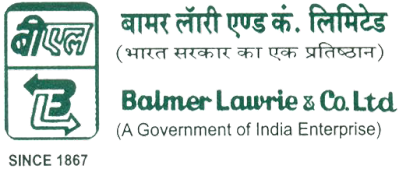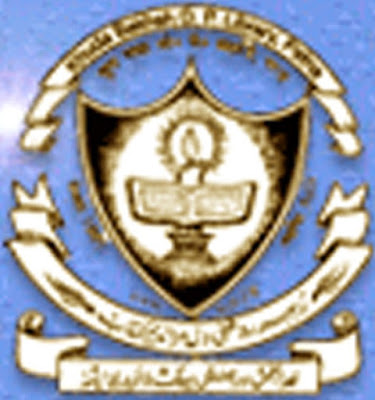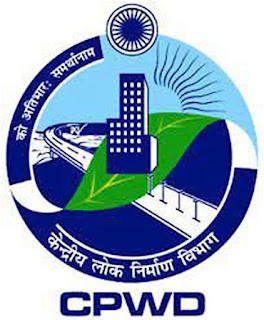BALMER LAWRIE & CO. LTD.

BALMER LAWRIE & CO. LTD. Driven by the spirit of entrepreneurship, two enterprising Scotsmen Stephen George Balmer and Alexander Lawrie sowed the seeds of this company at Kolkata on February 1, 1867. History goes… a coin was tossed… Balmer won…Balmer’s name preceded, in the firm incorporated and thus was born Balmer Lawrie. There was hardly any business where Balmer Lawrie did not delve into in its formative years, whether it was from tea to shipping, insurance to banking or trading to manufacturing. Today, Balmer Lawrie is a Mini-Ratna-I Public Sector Enterprise, under the Ministry of Petroleum and Natural Gas, Government of India. It has eight strategic business units – industrial packaging, greases and lubricants, chemicals, travel and vacations, logistics infrastructure, logistics services, cold chain and refinery and oil field services, with offices spread across the country and abroad. Its logo in green colour, consists of a monogram and a wordmark in De





